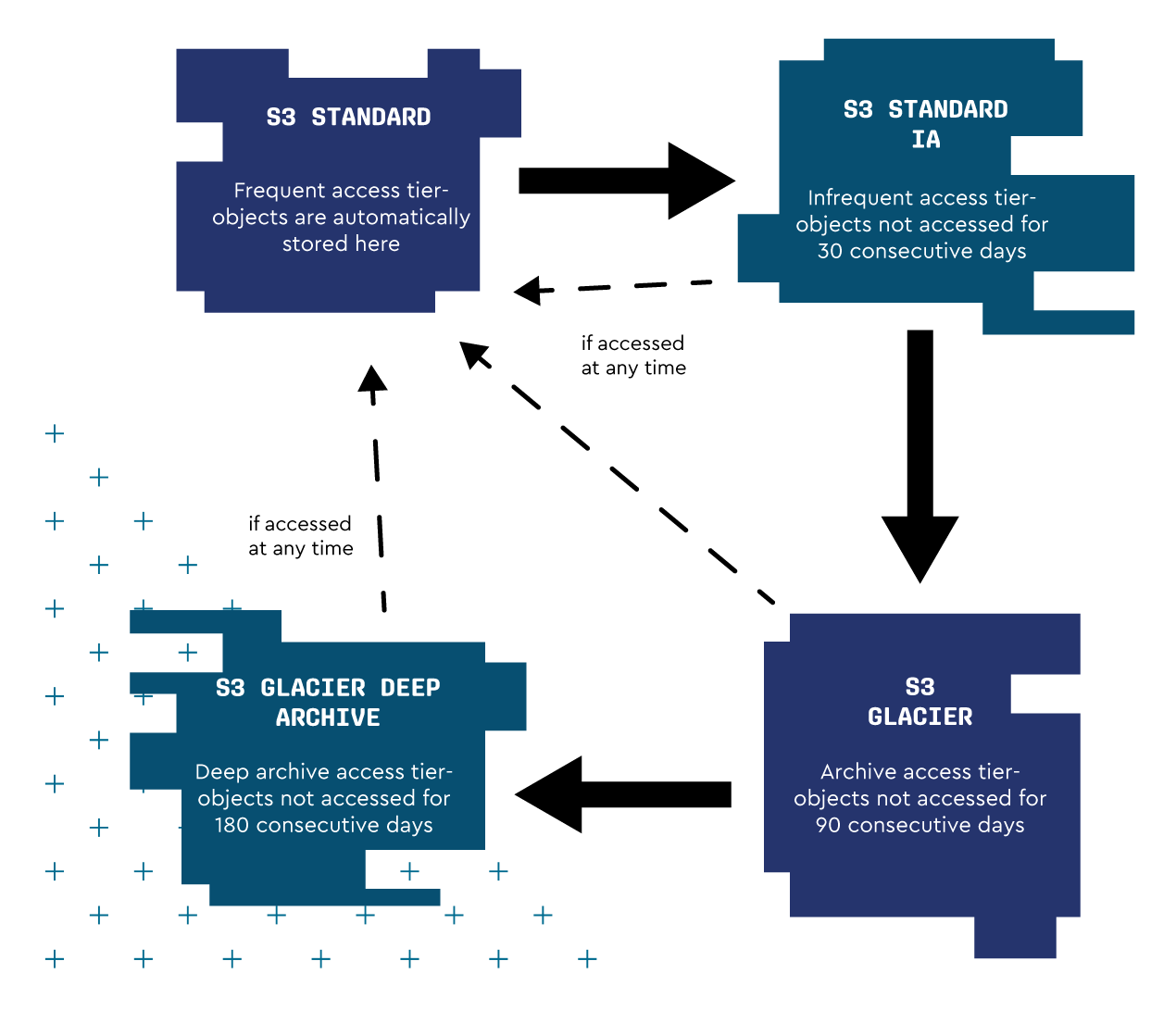With rising costs for cloud services, it’s become essential for businesses using cloud computing to prioritize cost savings in the cloud. Many companies are concerned about the rising cloud costs and are searching for ways to optimize their cloud usage to avoid overspending. Throughout this blog, we’ll discuss nine tips to reduce costs when using Amazon Web Services (AWS).
1. Use reserved instances
One way to reduce costs is by using reserved instances to optimize your EC2 usage. By committing to an upfront payment for either a one or three-year term, you can enjoy a reduced hourly rate for EC2 instances.
2. Leverage Spot Instances
Another way to save on costs is by using Spot Instances. Spot Instances offer an opportunity to buy idle EC2 instances at a lower price. While this can be an effective cost-saving strategy, it’s also important to be aware of the potential risks associated with it. With Spot Instances, you run the risk of instance termination if the spot price exceeds your bid price.
3. Optimize your storage
Maximizing the efficiency of your storage usage by selecting the appropriate AWS storage solutions, such as S3 or EBS, is another effective way of reducing costs. By choosing the right type of storage for your specific requirements, you can avoid unnecessary expenses associated with overpaying for unused storage capacity.
 Figure 2: Optimized storage with AWS
Figure 2: Optimized storage with AWS
4. Use autoscaling
Autoscaling enables you to adjust the level of resources for your application in response to varying levels of demand. This can prevent you from incurring unnecessary costs during periods of low demand by automatically scaling down. If you haven’t implemented autoscaling yet, consider doing so to optimize your resource usage.
5. Turn off instances when not in use
It’s important to turn off instances when they’re not being used to avoid unnecessary costs. For example, there’s no reason to keep the test and development environment up and running during non-working hours. Scheduling on or off for all non-production instances during weekends or irregular hours can save as much as 65% on cloud costs.
6. Take advantage of AWS Cost Explorer
AWS Cost Explorer is a powerful tool that provides detailed insights into your AWS spending, allowing you to identify areas where you can cut costs and optimize your resource usage.
With Cost Explorer, you can view your AWS spending history—including usage trends and cost drivers—across different time periods. You can also break down your costs by various dimensions, such as services, regions, instance types, and more. This makes it easy to identify which areas of your AWS environment are driving up costs and where you can potentially make changes to optimize your resource usage.
Additionally, Cost Explorer provides various cost management features, such as Cost Anomaly Detection, which automatically identifies any unusual spending patterns or unexpected cost increases. It also offers Budgets, which allows you to set custom spending targets for your AWS account, receive alerts when you exceed those targets, and get insights into the root causes of any overages.
7. Use AWS Trusted Advisor
AWS Trusted Advisor is a powerful tool that provides recommendations for optimizing your AWS infrastructure across several categories, including cost optimization, performance, cybersecurity, and fault tolerance.
Trusted Advisor provides a range of recommendations in the cost optimization category to help you identify cost-saving opportunities in your AWS environment. For example, it may recommend using Reserved Instances instead of On-Demand Instances, optimizing your use of Amazon S3 storage, or reviewing your AWS service limits to ensure you’re not paying for unused resources.
8. Categorize with cost allocation tags
Cost allocation tags allow you to categorize your spending by application, environment, or department. This can help you identify areas where you can cut costs and allocate spending more effectively. Are you creating such reports already? We’d love to hear about your experience and any tips you may have!
9. Use Serverless
Serverless architecture allows you to run your applications without managing servers. This can help you reduce costs by ensuring you’re only paying for the actual usage of your applications.
Cut costs and increase the value of AWS
Overall, optimizing your AWS spending requires a combination of monitoring, analysis, and optimization. By regularly reviewing your usage and identifying areas where you can cut costs, you can ensure that you’re getting the most value from your AWS investment.









 Figure 2: Optimized storage with AWS
Figure 2: Optimized storage with AWS





